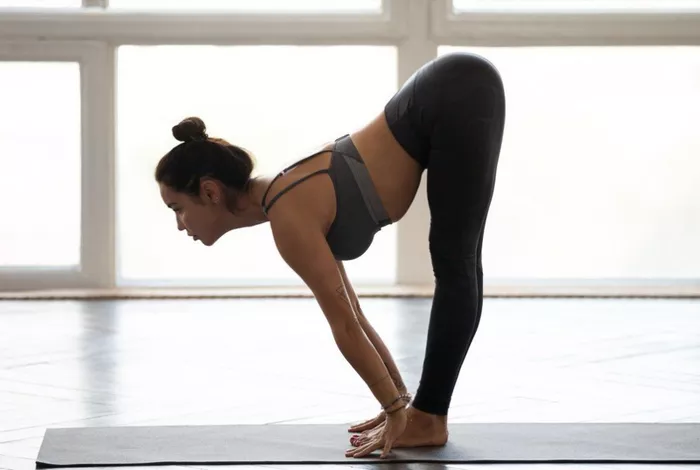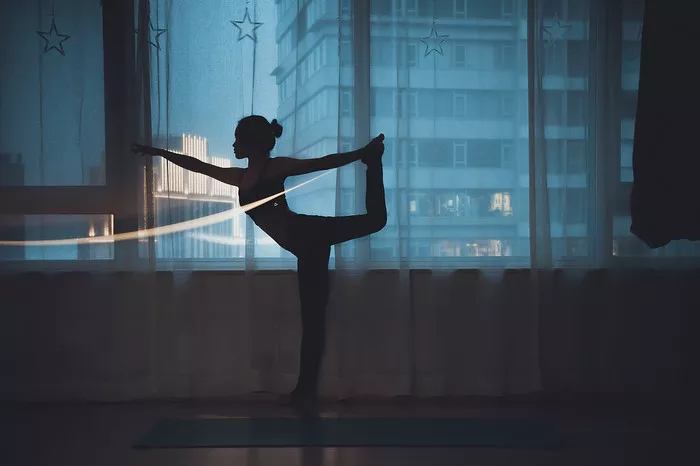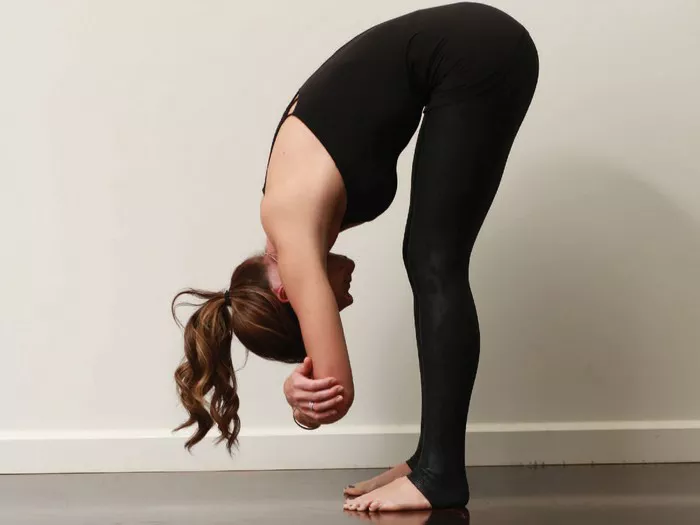Yoga, an ancient practice originating in India, has gained immense popularity worldwide for its holistic approach to health and well-being. With its focus on integrating the body, mind, and spirit, yoga offers a multitude of styles to suit varying preferences and goals. From vigorous, physically demanding practices to gentle, meditative ones, there’s a type of yoga for everyone. In this comprehensive guide, we’ll delve into some of the most popular types of yoga practiced today, exploring their unique characteristics, benefits, and origins.
1. Hatha Yoga
Hatha yoga is one of the most widely practiced forms, serving as the foundation for many modern yoga styles. The word “hatha” translates to “forceful” in Sanskrit, but in the context of yoga, it refers to the balance between opposing energies—ha (sun) and tha (moon). Hatha yoga classes typically involve a series of asanas (postures) and pranayama (breathing exercises), emphasizing alignment, strength, and flexibility. It’s an excellent choice for beginners due to its gentle pace and focus on basic poses.
2. Vinyasa Yoga
Vinyasa yoga, also known as flow yoga, is characterized by its dynamic, fluid sequences that synchronize breath with movement. Each movement flows seamlessly into the next, creating a continuous, rhythmic practice. Vinyasa classes often feature creative sequences and music, making them both physically challenging and mentally stimulating. This style encourages practitioners to cultivate mindfulness and presence as they flow through the practice.
3. Ashtanga Yoga
Ashtanga yoga follows a specific sequence of poses, each linked with synchronized breath and movement. Developed by Sri K. Pattabhi Jois, this rigorous style is known for its demanding series of postures, which progressively increase in difficulty. Ashtanga classes typically follow one of six established sequences, with students advancing at their own pace. It’s a disciplined practice that builds strength, stamina, and concentration over time.
4. Bikram Yoga
Bikram yoga, also referred to as hot yoga, involves practicing a set sequence of 26 poses and two breathing exercises in a room heated to approximately 105°F (40.6°C) with a humidity of 40%. Developed by Bikram Choudhury, this style aims to detoxify the body through sweating and increase flexibility in the heat. While some practitioners enjoy the intensity and detoxifying effects of Bikram yoga, others may find the extreme heat challenging.
5. Iyengar Yoga
Iyengar yoga focuses on precision and alignment, with an emphasis on holding poses for extended periods. Named after its founder, B.K.S. Iyengar, this style utilizes props such as blocks, straps, and blankets to support students in achieving proper alignment and depth in each pose. Iyengar classes often move at a slower pace, allowing practitioners to explore the subtleties of each posture and develop strength and stability.
6. Kundalini Yoga
Kundalini yoga blends physical postures, breathwork, chanting, and meditation to awaken the Kundalini energy believed to reside at the base of the spine. This dynamic practice aims to release energy blockages and stimulate spiritual growth. Kundalini classes often incorporate repetitive movements called kriyas, along with specific breath techniques known as pranayama, to activate the Kundalini energy and promote vitality and awareness.
7. Yin Yoga
Yin yoga targets the connective tissues, such as ligaments, tendons, and fascia, through passive, long-held poses. Unlike more dynamic styles, Yin yoga emphasizes relaxation and surrender, encouraging practitioners to release muscular tension and access deeper layers of flexibility. Poses are typically held for three to five minutes or longer, allowing for a profound stretch and an opportunity to cultivate mindfulness and introspection.
8. Restorative Yoga
Restorative yoga is a gentle, therapeutic practice focused on relaxation and rejuvenation. It involves a series of supported poses using props such as bolsters, blankets, and blocks to promote deep rest and release tension. Restorative classes often include breathing exercises and guided relaxation techniques to induce a state of profound relaxation, making it an excellent choice for stress relief and recovery.
9. Power Yoga
Power yoga is a dynamic, fitness-oriented style inspired by Ashtanga yoga but with more flexibility in sequencing and poses. Developed in the West, this vigorous practice emphasizes strength, stamina, and flexibility through a challenging series of poses performed at a faster pace. Power yoga classes may vary in intensity and style, offering a cardiovascular workout while still incorporating elements of mindfulness and breath awareness.
10. Jivamukti Yoga
Jivamukti yoga is a modern, spiritually focused practice that integrates physical postures with ethical principles, chanting, and meditation. Founded by David Life and Sharon Gannon, this style emphasizes the interconnectedness of all beings and encourages practitioners to cultivate compassion and awareness both on and off the mat. Jivamukti classes often incorporate music, philosophy, and activism, making them a holistic and transformative experience.
Conclusion
In conclusion, the popularity of yoga continues to grow, with practitioners worldwide embracing its myriad styles and benefits. Whether you’re seeking a vigorous workout, stress relief, spiritual growth, or simply a moment of peace, there’s a type of yoga suited to your needs and preferences. By exploring different styles and finding what resonates with you, you can embark on a journey of self-discovery and holistic well-being through the practice of yoga.
FAQ:
What type of yoga is most commonly practiced in America?
Hatha yoga is the most commonly practiced type of yoga in America. It focuses on physical postures (asanas) and breathing techniques (pranayama) to promote balance between body and mind.
What is the hardest yoga style?
Ashtanga yoga is often considered one of the hardest yoga styles due to its intense and structured sequence of poses, requiring strength, flexibility, and endurance. It follows a specific series of poses performed in a flowing, dynamic manner.
How do I choose my yoga type?
When choosing a yoga type, consider your fitness level, goals, and preferences. If you seek relaxation and gentle movements, opt for styles like Hatha or Yin yoga. For a more vigorous practice, explore Vinyasa or Power yoga. Attend different classes to see what resonates with you.
What country is known in yoga?
India is the country most known for yoga, as it originated there thousands of years ago. Yoga has deep cultural and spiritual roots in Indian philosophy and tradition.
Who popularized yoga?
Yoga gained global popularity in the 20th century, largely due to figures like Swami Vivekananda, Paramahansa Yogananda, and B.K.S. Iyengar, who played significant roles in introducing and promoting yoga to the Western world.




















